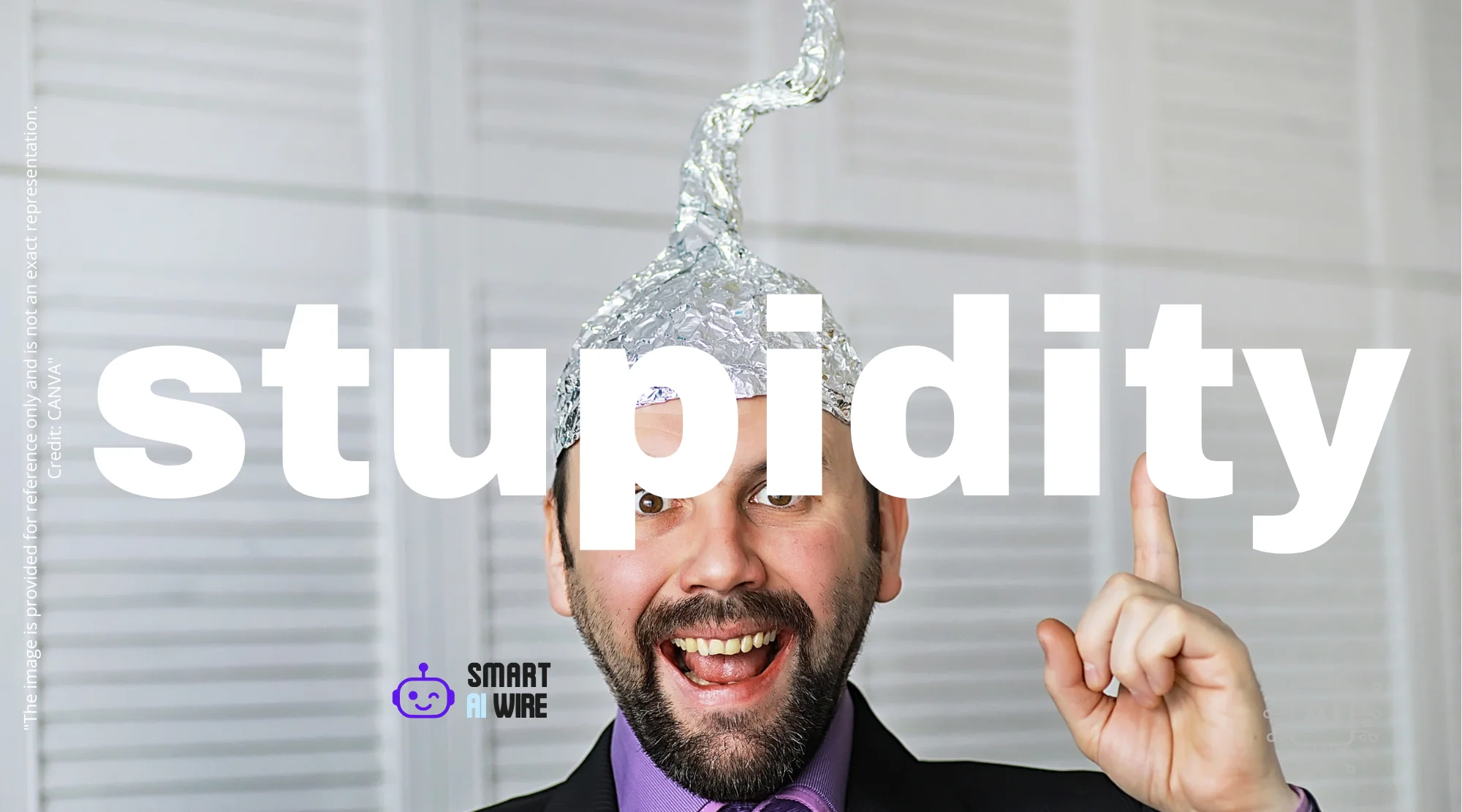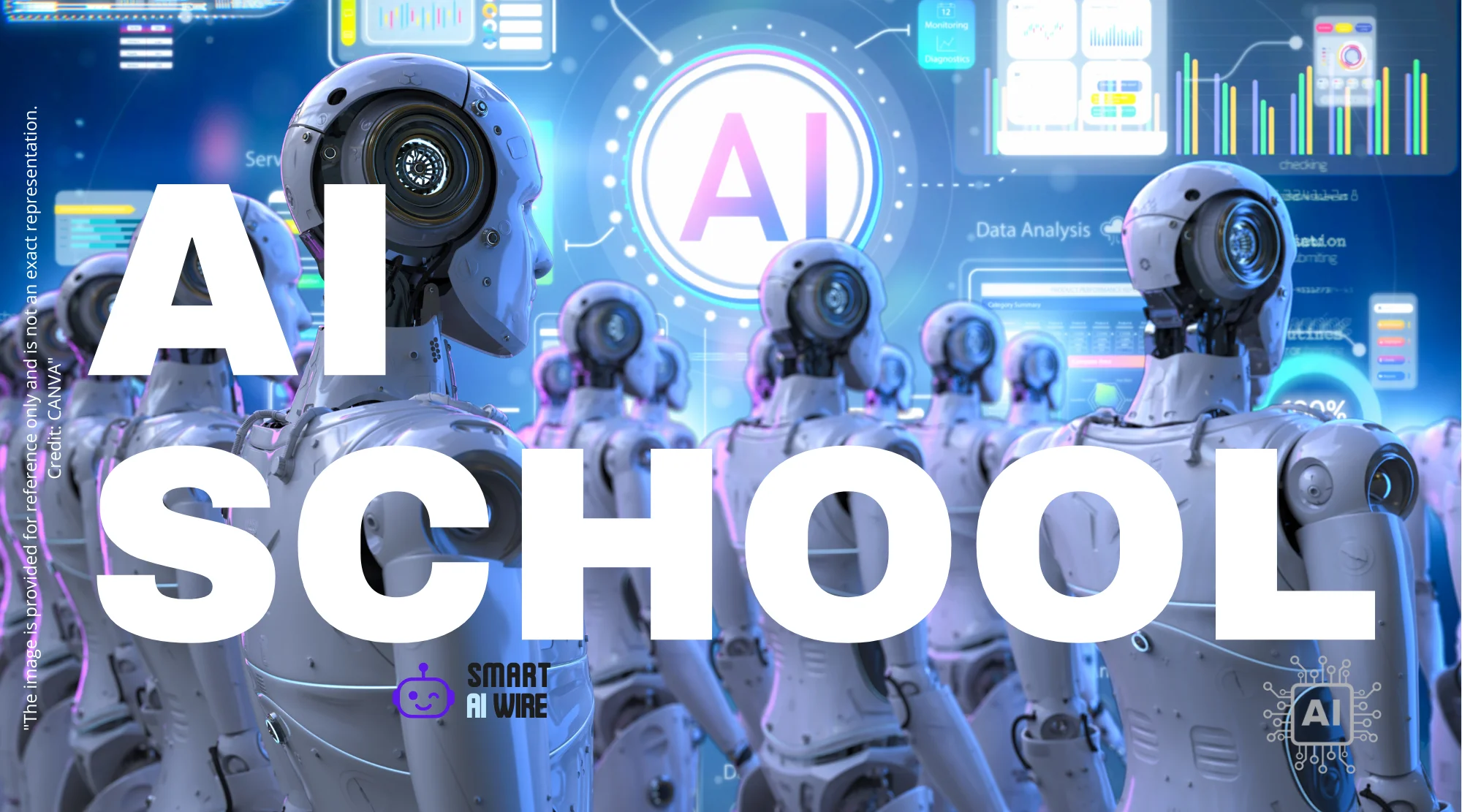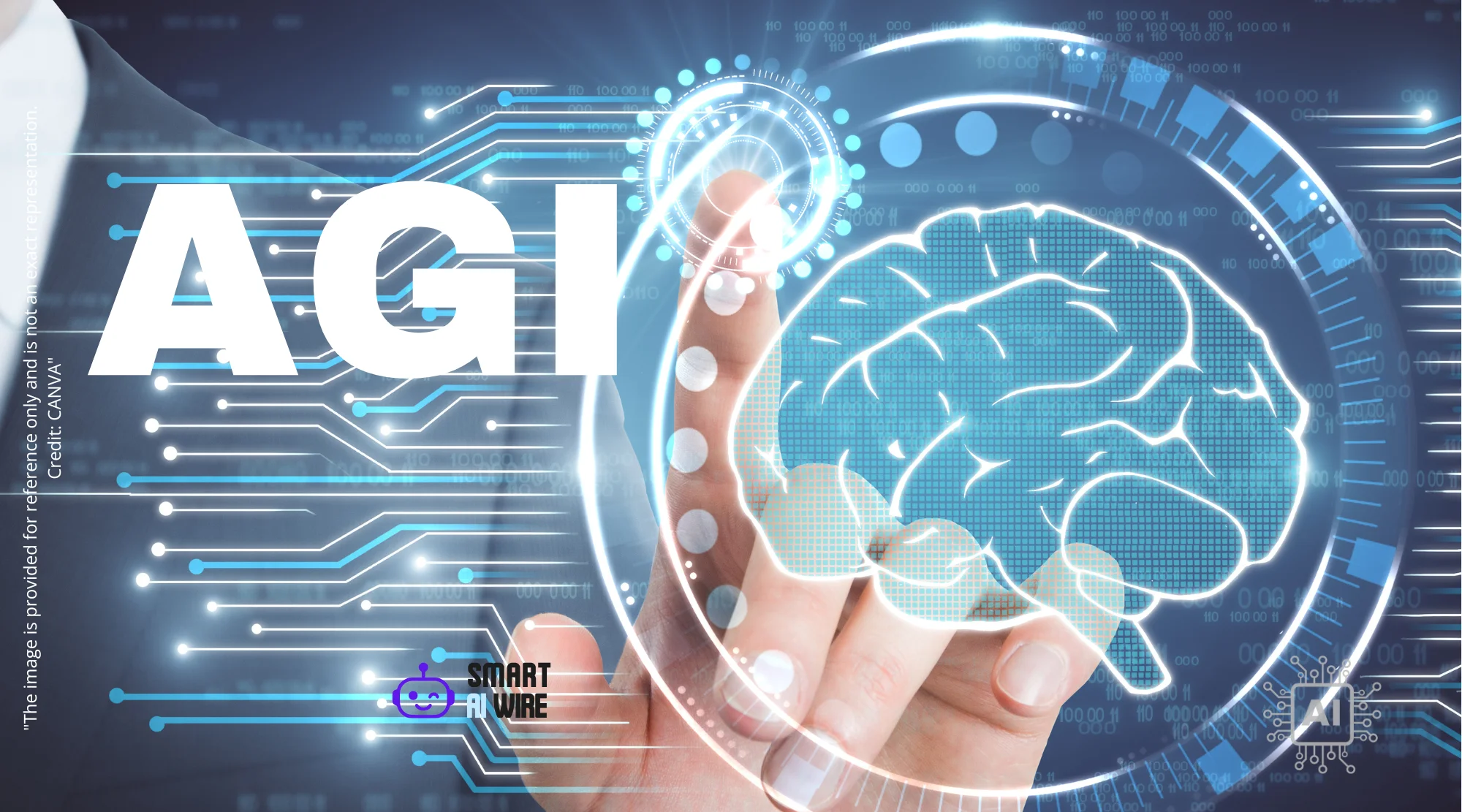Understanding the Building Blocks of AI: Tokens, Embeddings, and Their Crucial Role
Artificial Intelligence, particularly Large Language Models (LLMs), is rapidly transforming how we interact with technology and information. At the heart of these powerful systems lie fundamental concepts that enable them to process and understand human language: tokens and embeddings. Far from being arcane technical jargon, these elements are the essential building blocks that allow AI to “read,” “understand,” and “generate” text. This article demystifies tokens and embeddings, explaining how they work and why they are indispensable for the current wave of AI advancements.
The journey of a sentence from human input to AI comprehension is a fascinating one. LLMs don’t directly process raw text characters. Instead, they rely on a sophisticated two-step process: tokenization and embedding. Tokenization breaks down text into manageable pieces, while embeddings convert these pieces into numerical representations that AI models can work with. Understanding these core components is key to grasping the power and intricacies of modern AI, from generating creative text to powering sophisticated search engines. We’ll explore the mechanics of tokenization, the various types of embeddings, and how they collectively enable AI to interpret the nuances of human language.
The Art of Tokenization: Breaking Down Language for AI
Large Language Models cannot process text in its raw, character-based form. Imagine a vast dictionary with an entry for every possible word, including misspellings and inflections. This would lead to an astronomically large and unwieldy vocabulary. To overcome this, AI models employ a process called tokenization. Tokenization breaks down input text into smaller units, known as tokens. These tokens can be entire words, parts of words, or even individual characters, depending on the specific tokenization strategy.
Consider the simple sentence, “I like AI.” A basic tokenizer might split this into three tokens: “I,” “like,” and “AI.” However, the process is more nuanced. Take another example: “I like spiking neural networks.” While this sentence contains only five words, a tokenizer might generate six tokens. This apparent discrepancy arises because tokenizers aim to balance vocabulary size with the ability to represent various linguistic forms efficiently.
The reason tokenizers go beyond simple word splitting is to manage the vocabulary size and handle linguistic variations. If a model had to store every permutation of a word (e.g., run, runner, running, runs), its vocabulary would explode. Furthermore, handling typos or less common words, which might be treated as unknown “[UNK]” tokens, would significantly hinder the model’s comprehension and learning capabilities. The goal is to create a vocabulary of tokens that is large enough to represent a wide range of linguistic concepts but small enough to be computationally manageable.
One might question why tokenization doesn’t simply break text down character by character. While this would result in a very small vocabulary (just the alphabet, numbers, and punctuation), it would create extremely long sequences. Processing these lengthy sequences is computationally expensive, inefficient, and requires immense processing power for training. Therefore, a more sophisticated approach is needed.
Byte Pair Encoding (BPE) and Beyond
A highly effective method for tokenization is Byte Pair Encoding (BPE). BPE works by iteratively merging the most frequent pairs of bytes (or characters) in a dataset to form new tokens. This process starts with individual characters and gradually builds up more complex tokens representing common sub-word units.
Let’s revisit “I like spiking neural networks.” BPE tokenization might proceed as follows:
Initial Split: The text is first broken down into its constituent characters and UTF-8 bytes. This includes spaces. The sequence might look something like:
["I", " ", "l", "i", "k", "e", " ", "s", "p", "i", "k", "i", "n", "g", " ", "n", "e", "u", "r", "a", "l", " ", "n", "e", "t", "w", "o", "r", "k", "s"].Merging Frequent Pairs: The algorithm then looks for frequently occurring pairs of characters or existing tokens and merges them into new tokens. For instance, “like” might become a single token because it appears frequently in the training data. Similarly, “neural” and “networks” might also be merged. The tricky part is often sub-word units. “spiking” might be broken down into
[" sp", "iking"]. The sub-word ” sp” is useful because it appears in many other words like “sport,” “space,” and “special,” allowing the model to recognize these related words.Greedy Longest-Match: The merging process is applied greedily from left to right. The tokenizer identifies the longest matching known token at each step. This ensures that common multi-character sequences are effectively compressed into single tokens.
Handling Spaces: Byte-level tokenizers often include the preceding space as part of the token. This is crucial for distinguishing between words like “networks” and ” networks” (with a leading space), helping the model understand word boundaries.
Therefore, for “I like spiking neural networks,” a BPE tokenizer might produce tokens like ["I", " like", " sp", "iking", " neural", " networks"]. Notice how the space is often incorporated into the subsequent token.
Token IDs and Decoding
Once text is tokenized, these tokens are still not directly usable by the LLM. The next step is to convert these tokens into numerical representations called token IDs. Each token in the tokenizer’s vocabulary is assigned a unique integer ID. This forms a mapping, allowing the model to reference specific tokens from its learned vocabulary.
The process of converting text into token IDs is called encoding. Conversely, when an LLM generates output, it produces a sequence of token IDs. The tokenizer then performs decoding, converting these IDs back into human-readable text. This bidirectional conversion is fundamental to the LLM’s interaction loop.
Constructing a Simple Tokenizer
Python libraries like tiktoken (developed by OpenAI) make it straightforward to work with tokenizers.
# pip install tiktoken
import tiktoken
# Load an encoding for a specific model (e.g., GPT-4o)
encoding = tiktoken.encoding_for_model("gpt-4o")
# Encode text into tokens
text_to_encode = "I like spiking neural networks"
tokens = encoding.encode(text_to_encode)
print(f"Encoded tokens: {tokens}")
# Decode tokens back into text
decoded_text = encoding.decode(tokens)
print(f"Decoded text: {decoded_text}")
The output might look like:Encoded tokens: [40, 1299, 1014, 16768, 58480, 20240]Decoded text: I like spiking neural networks
Several parameters influence how a tokenizer operates:
- Vocabulary Size: This determines the total number of unique tokens the tokenizer can recognize. Modern LLMs like GPT-4o have vocabularies of around 200,000 tokens, while earlier models like GPT-4 had about 100,000.
- Special Tokens: These are reserved tokens for specific purposes, such as marking the beginning of a text (
<s>), indicating unknown tokens (<UNK>), or for custom use cases defined by LLM creators. - Capitalization Method: Whether to convert text to lowercase or preserve capitalization can impact vocabulary usage and the model’s ability to distinguish between proper nouns and common words.
Embeddings: Giving Meaning to Tokens
Once text is tokenized and converted into token IDs, the next critical step is to transform these IDs into a format that deep learning models can process. LLMs are built on neural networks, which require continuous numerical input. This is where embeddings come into play. An embedding is a fixed-length numerical vector that represents a token (or a piece of text) in a high-dimensional continuous vector space. The key principle is that semantically similar tokens will have embedding vectors that are close to each other in this space.
Token Embeddings: The Foundation of Understanding
At its core, an LLM maintains an embedding vector for every token in its vocabulary. When an input sequence of token IDs is fed into the model, it performs a lookup operation. For each token ID, the model retrieves its corresponding embedding vector from a large embedding matrix. This matrix is learned and refined during the model’s training process.
Consider the token IDs [0, 1, 2, 3, 4, 5] for our example sentence “I like spiking neural networks.” These IDs are used to index into an embedding layer.
import torch
# Sample token IDs for text "I like spiking neural networks"
input_ids = torch.tensor([0, 1, 2, 3, 4, 5])
# Assuming a vocabulary of 6 tokens
VOCAB_SIZE = 6
# Assuming embeddings have 64 dimensions
OUTPUT_DIMENSIONS = 64
# Create an embedding layer
embedding_layer = torch.nn.Embedding(VOCAB_SIZE, OUTPUT_DIMENSIONS)
# The embedding layer weights are initialized randomly
print(f"Embedding layer shape (weights): {embedding_layer.weight.shape}")
# Get the embeddings for the input token IDs
token_embeddings = embedding_layer(input_ids)
print(f"Token embeddings shape: {token_embeddings.shape}")
# The output would show a tensor of shape (6, 64)
The embedding vectors are initially random. During the LLM’s training, through techniques like backpropagation, these vectors are adjusted. The goal is for vectors of tokens that appear in similar contexts or have similar meanings to converge to nearby points in the vector space. For example, the embedding for “king” might be close to the embedding for “queen,” and the vector difference between “king” and “man” might be similar to the vector difference between “queen” and “woman.”
The Necessity of Positional Embeddings
While token embeddings capture the semantic meaning of individual tokens, they lack information about the order of tokens in a sequence. Transformers, the architecture underpinning most modern LLMs like GPT models, are inherently position-agnostic. Without additional information, the sentence “I like spiking neural networks” would be indistinguishable from “networks spiking like I” to the model, as both would consist of the same set of token embeddings.
To address this, positional embeddings are introduced. These are vectors that encode the position of each token within the sequence. By adding positional embeddings to token embeddings, the model gains crucial information about the order and relative placement of words. The final input to the transformer block becomes the sum of the token embedding and its corresponding positional embedding.
There are two main types of positional embeddings:
Absolute Positional Embeddings: Each position in the sequence (0, 1, 2, …) is assigned a unique embedding vector. This allows the model to know the exact location of a token. GPT models typically use absolute positional embeddings, which are learned and optimized during the LLM’s training process, rather than being fixed.
Relative Positional Embeddings: Instead of encoding absolute positions, these embeddings capture the distance or relationship between pairs of tokens. For example, the distance between “sp” and “iking” in “spiking” is small (1), while the distance between “I” and “networks” in “I like spiking neural networks” is larger (5). Relative embeddings can offer better generalization to sequence lengths not encountered during training.
Here’s a simplified illustration of how absolute positional embeddings are added in a GPT-style model:
import torch
import torch.nn as nn
class GPTAbsolutePositionalEmbedding(nn.Module):
def __init__(self, vocab_size, embed_dim, max_seq_len):
super().__init__()
self.token_embedding = nn.Embedding(vocab_size, embed_dim)
self.position_embedding = nn.Embedding(max_seq_len, embed_dim)
def forward(self, input_ids):
batch_size, seq_len = input_ids.size()
# Token embeddings
tok_emb = self.token_embedding(input_ids) # Shape: (B, T, D)
# Position IDs (0 to seq_len-1)
pos_ids = torch.arange(seq_len, dtype=torch.long, device=input_ids.device)
pos_ids = pos_ids.unsqueeze(0).expand(batch_size, seq_len)
pos_emb = self.position_embedding(pos_ids) # Shape: (B, T, D)
return tok_emb + pos_emb
# Sample data
sentence = "I like spiking neural networks"
tokens = ["I", "like", "sp", "iking", "neural", "networks"]
token_ids = torch.tensor([[0, 1, 2, 3, 4, 5]]) # Example IDs
# Define embedding parameters
vocab_size = 100
embed_dim = 8
max_seq_len = 10
embedder = GPTAbsolutePositionalEmbedding(vocab_size, embed_dim, max_seq_len)
# Forward pass
final_embeddings = embedder(token_ids) # Shape: (1, 6, 8)
print("Tokens:", tokens)
print("Token IDs:", token_ids.tolist())
print("\nFinal embeddings shape:", final_embeddings.shape)
print("Final embeddings (token + positional):")
# Displaying a snippet of the output
print(final_embeddings[0, :, :2]) # Showing first 2 dimensions for brevity
This code demonstrates how token embeddings and positional embeddings are combined to create a richer representation that the model uses for further processing.
Text Embeddings: Representing Larger Chunks of Text
Beyond individual tokens, modern AI applications often require representations for larger pieces of text, such as sentences, paragraphs, or entire documents. These are known as text embeddings. A text embedding is a single vector that encapsulates the semantic meaning of a given piece of text.
The simplest approach to generating text embeddings is by averaging the token embeddings of all tokens within the text. However, more sophisticated methods have been developed to create highly effective text embeddings. Libraries like sentence-transformers provide pre-trained models specifically designed for this purpose.
from sentence_transformers import SentenceTransformer
# Load a pre-trained sentence transformer model
model = SentenceTransformer("sentence-transformers/all-mpnet-base-v2")
# Convert text to a text embedding (vector)
text_to_embed = "I like spiking neural networks"
vector = model.encode(text_to_embed)
# The dimension of the vector depends on the model
print(f"Vector size is: {vector.shape}")
The output might be: Vector size is: (768,).
These text embeddings are invaluable for various AI applications, most notably in semantic search and Retrieval Augmented Generation (RAG) systems. They allow systems to find documents or passages that are semantically similar to a query, even if they don’t share exact keywords. For example, a search for “how to improve product design” could return articles about “product management strategies” or “user experience optimization” if their embeddings are close in vector space.
Applications and Future Directions
The understanding of tokens and embeddings is fundamental to building and comprehending the capabilities of LLMs. While we’ve touched upon their role, their applications are vast and rapidly expanding. From powering search engines that understand the intent behind your queries to enabling chatbots that can hold nuanced conversations, tokens and embeddings are the silent workhorses.
Looking ahead, research continues to focus on creating more efficient and context-aware tokenization and embedding strategies. This includes developing models that can handle longer contexts, better capture subtle nuances in language, and adapt to new domains more effectively. As AI continues its exponential growth, a solid grasp of these foundational concepts will be increasingly important for anyone interested in the field.
The journey from raw text to AI understanding is complex, but by breaking it down into the processes of tokenization and embedding, we can appreciate the ingenuity behind these powerful systems. These building blocks are not just technicalities; they are the very essence of how artificial intelligence is learning to communicate and understand the world.




5 thoughts on “Tokens and Embeddings Explained: The Core of AI Language Understanding”